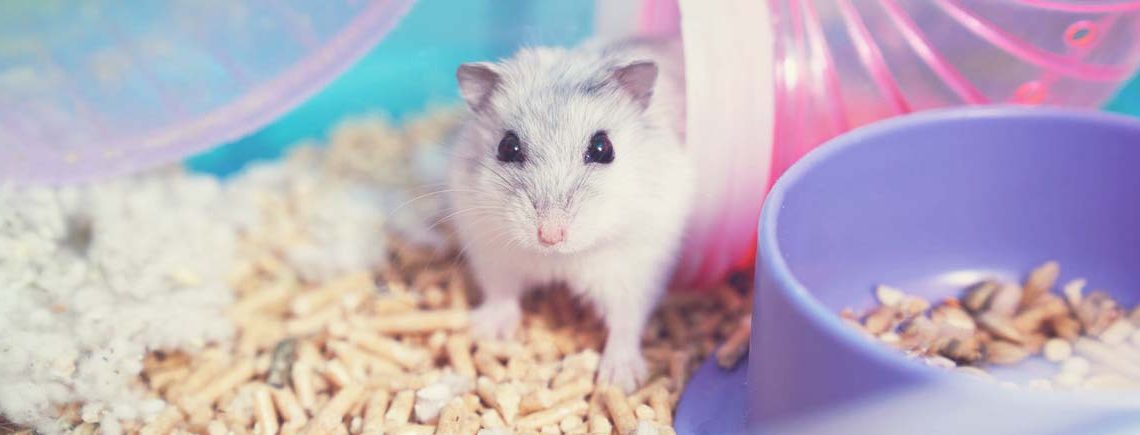Choosing a Hamster Habitat
Hamsters make wonderful pets, as they are small, cute, easy to care for and love to play. Providing the right habitat and home for your hamster is important if you want them to live a happy, healthy, and stress-free life. Different breeds of hamster may have different ideal homes, such as Syrian hamsters who are larger than Dwarf hamsters and will therefore require more space.
In this blog post, we will talk about how to choose a cage for your hamster, what accessories to include, and how to keep it clean.
Which Cage Do I Choose For My Hamster?
Before choosing a cage, know what type of hamster you are bringing home. Syrian hamsters are a large species of hamster, growing up to 18cm, so will require a large cage. These hamsters tend to be easier to tame than other species, but they prefer to live alone; and will fight with others if kept together. So if you have more than one Syrian Hamster, it is a good idea to have a cage for each.
Dwarf Hamsters are much smaller than Syrian Hamsters, but they are also much more active so will need lots of space in their cage. They tend to be much more social than Syrian hamsters and like to have a friend nearby.
Hamsters need a lot of living space and room to exercise in their cage, but they also love to chew; therefore choose a cage that they won’t be able to chew their way out of!

What To Include In Your Cage
It is important your hamster is kept busy and has plenty of toys and accessories to keep him entertained. Hamsters will want to explore, sniff and run around, rest and hide in their cage, so make sure to provide items that can fulfil these needs. Hamsters also require a decent supply of things to gnaw on to keep their continuously growing teeth in top condition. Chew toys will help appeal to your hamster’s natural chewing urges and keep his teeth healthy and strong. For more on playing with your hamster, see our blog post here.
Your hamster will also need a place to hide, and some nesting wool to make their bed; while the base of their cage should be covered in clean sawdust.
How to Keep Your Hamster’s Cage Clean
Your hamster’s cage should be cleaned at least once a week using a pet-safe disinfectant, while water and feeding bowls should be cleaned daily to ensure it is a healthy and hygienic place for him to live. Traces of food and soiled bedding should be removed every day.
Hamsters are creatures of habit and they can find any sudden changes to their environment stressful. When you clean out their cage, try not to move anything around too much that might confuse your pet. You want to maintain a familiar and comforting environment for him.
Any Other Questions?
If you want to find out more information, you can call into your local Petmania store or message us on social media and a member of their team will be more than happy to help.
If you have any veterinary questions or need advice, make sure to contact your local vet and schedule an appointment to ensure that your pet is happy and healthy or gets the treatment they need.

